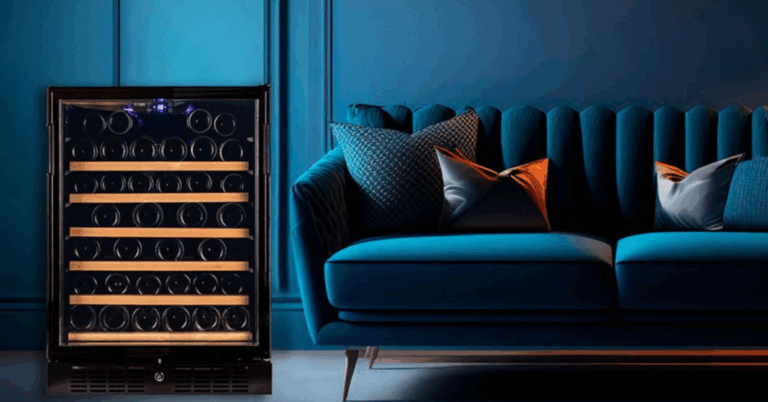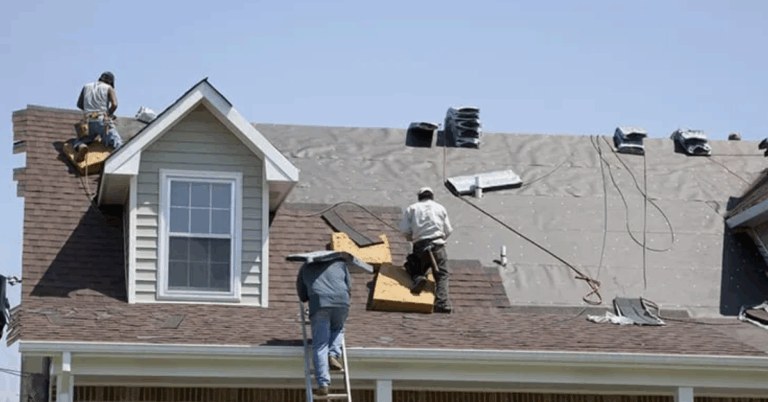Commercial Ceiling Fan: The Ideal Cooling Solution for Businesses
When it comes to keeping large spaces comfortable and well-ventilated, a commercial ceiling fan is an essential piece of equipment. From warehouses and factories to retail outlets and offices, these fans are designed to provide efficient airflow, reduce energy costs, and create a pleasant environment for employees and customers alike. Choosing the right Commercial Ceiling Fan can significantly impact the overall atmosphere and operational efficiency of your business premises.
What is a Commercial Ceiling Fan?
A commercial ceiling fan is specifically engineered for use in commercial spaces. Unlike residential fans, commercial models are built to cover larger areas, provide higher airflow, and operate continuously under demanding conditions. These fans come in various sizes, blade designs, and motor types to suit different commercial environments such as industrial spaces, shopping malls, gyms, and restaurants.
Advantages of Using a Commercial Ceiling Fan
There are many reasons why businesses opt for a commercial ceiling fan to address their cooling and ventilation needs:
-
Energy Efficiency: Compared to air conditioning, commercial ceiling fans consume less electricity, helping businesses reduce energy bills.
-
Improved Air Circulation: These fans ensure consistent airflow throughout the space, preventing hot spots and stagnant air zones.
-
Enhanced Comfort: Employees and customers benefit from the cooling breeze, which can increase productivity and satisfaction.
-
Durability: Designed for heavy-duty use, commercial ceiling fans are robust and long-lasting.
-
Cost-Effective Installation: Installing a commercial ceiling fan is typically simpler and less expensive than upgrading HVAC systems.
Types of Commercial Ceiling Fans
Understanding the different types of commercial ceiling fans helps businesses choose the most appropriate fan for their needs:
High-Volume Low-Speed (HVLS) Fans
HVLS fans are large-diameter fans that move a significant volume of air at low speeds. They are ideal for warehouses, manufacturing plants, and large retail spaces where gentle but extensive airflow is required.
Industrial Ceiling Fans
These fans are designed to withstand harsh environments, including high dust or moisture levels. They are commonly found in factories and workshops.
Energy-Efficient Ceiling Fans
Modern commercial ceiling fans come with energy-saving motors and aerodynamic blade designs to optimize airflow while minimizing power consumption.
Decorative Commercial Ceiling Fans
For commercial spaces like hotels, restaurants, or offices that prioritize aesthetics along with function, decorative ceiling fans combine style with performance.
How to Choose the Right Commercial Ceiling Fan
Selecting the right commercial ceiling fan depends on various factors:
-
Space Size: Larger areas require bigger fans or multiple units to ensure effective air distribution.
-
Ceiling Height: Ceiling fans come in different sizes and drop lengths to accommodate various ceiling heights, from low office ceilings to high industrial roofs.
-
Airflow Needs: Calculate the required airflow in cubic feet per minute (CFM) to determine the fan size and speed.
-
Environment: Consider environmental factors like humidity, dust, or exposure to chemicals which affect fan durability.
-
Control Options: Some commercial ceiling fans come with remote controls, wall controls, or smart integrations for convenient operation.
Installation of Commercial Ceiling Fans
Proper installation is critical for the optimal performance and safety of your commercial ceiling fan. It involves:
-
Site Assessment
Professionals evaluate ceiling height, structural support, and power availability. -
Choosing the Right Mounting Method
Depending on ceiling type (flat, sloped, or exposed beams), suitable mounting brackets and downrods are selected. -
Electrical Wiring
The fan is wired into the building’s electrical system, ensuring compliance with safety regulations. -
Balancing and Testing
After installation, the fan is balanced and tested to eliminate vibrations and noise, guaranteeing smooth operation. -
User Training
Staff are instructed on operating the fan controls safely and effectively.
Maintenance Tips for Commercial Ceiling Fans
Maintaining a commercial ceiling fan ensures long life and consistent performance:
-
Regular Cleaning: Dust and dirt accumulation can reduce efficiency. Clean blades and motor housing every few months.
-
Check for Loose Parts: Tighten screws and bolts periodically to avoid wobbling.
-
Lubrication: Some models require motor lubrication—refer to the manufacturer’s guide.
-
Inspect Electrical Components: Ensure wiring and connections remain intact and safe.
-
Monitor Noise Levels: Unusual sounds can indicate motor or blade issues requiring professional attention.
Benefits of Commercial Ceiling Fans in Different Sectors
Warehouses and Factories
A commercial ceiling fan helps circulate air, reduce humidity, and improve worker comfort in large industrial spaces.
Retail Stores
They enhance customer comfort, reduce HVAC load, and create a pleasant shopping atmosphere.
Restaurants and Cafes
Ceiling fans provide subtle cooling without the noise or airflow disruption caused by portable fans.
Offices
They contribute to a comfortable working environment, improving employee productivity.
Gyms and Fitness Centers
Proper airflow from commercial ceiling fans helps cool down patrons and maintain fresh air quality during workouts.
Cost Considerations for Commercial Ceiling Fans
The price of a commercial ceiling fan varies based on size, motor type, brand, and additional features like smart controls or energy-efficient designs. Initial investment is often offset by energy savings and improved comfort that can lead to higher productivity and customer satisfaction.
Why Choose a Professional Supplier for Commercial Ceiling Fans?
Opting for a reputable supplier ensures that you receive:
-
High-quality, certified fans compliant with safety standards
-
Expert advice on fan selection and installation
-
Warranty and after-sales support
-
Access to the latest models with advanced features
Frequently Asked Questions
What size commercial ceiling fan do I need for my space?
The fan size depends on your ceiling height and room dimensions. Larger areas and higher ceilings typically require fans with blades 60 inches or longer.
Can commercial ceiling fans be used outdoors?
Yes, some commercial ceiling fans are rated for outdoor use, featuring weather-resistant materials to withstand rain and humidity.
How much energy does a commercial ceiling fan consume?
Commercial ceiling fans are energy-efficient, typically consuming between 75 to 200 watts depending on size and speed settings.
Are commercial ceiling fans noisy?
High-quality commercial ceiling fans are designed for quiet operation. Proper installation and maintenance also help minimize noise.
How often should I maintain my commercial ceiling fan?
A general guideline is to inspect and clean your fan every 3 to 6 months, depending on the environment.
Can commercial ceiling fans reduce HVAC costs?
Yes. By improving air circulation, commercial ceiling fans reduce the need for constant air conditioning, helping lower energy bills.
Is installation complicated for commercial ceiling fans?
Installation should be handled by professionals to ensure safety and correct setup, especially in commercial environments.
Conclusion
A commercial ceiling fan is a smart investment for any business seeking to improve air circulation, reduce energy costs, and enhance comfort. From industrial warehouses to sophisticated retail outlets, the right fan makes a significant difference in operational efficiency and environment quality. By carefully selecting, installing, and maintaining your commercial ceiling fan, you ensure long-term benefits that contribute to a better business atmosphere.







